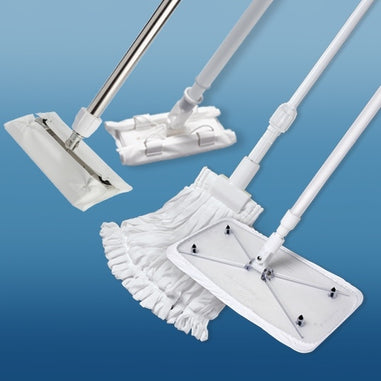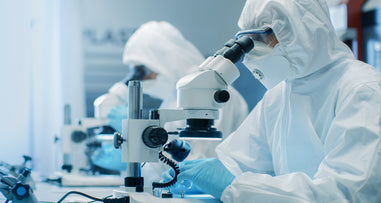- No products in the cart.
In industries where precision, contamination control, and environmental conditions are critical, the use of controlled environments is essential. Cleanrooms and controlled environments are designed to provide optimal conditions for various applications, but they differ in terms of their specific requirements and levels of cleanliness. In this blog post, we will explore the key differences between cleanrooms and controlled environments, and help you determine which one best suits your needs. By understanding their distinctions, you can make an informed decision and create an environment that meets your specific requirements.
Cleanrooms: A Closer Look
Cleanrooms are specialized environments designed to maintain extremely low levels of airborne particles, such as dust, microorganisms, and aerosol contaminants. They are characterized by controlled airflow, filtration systems, and stringent protocols to minimize contamination and maintain product integrity. Cleanrooms are classified based on the maximum allowable particle count per cubic meter, as defined by standards such as ISO 14644-1:2015. The classification ranges from ISO Class 1 (fewest particles) to ISO Class 9 (highest allowable particle count).
Cleanrooms are widely used in industries such as pharmaceuticals, microelectronics, aerospace, and biotechnology, where even a small particle can have significant consequences. They are crucial for applications that require ultra-clean environments, such as semiconductor manufacturing, precision optics, and sterile pharmaceutical production. Cleanrooms often feature high-efficiency particulate air (HEPA) filters, laminar airflow, controlled temperature and humidity, and strict gowning procedures to minimize particle contamination.
Controlled Environments: Exploring the Versatility
Controlled environments, on the other hand, encompass a broader range of environments that are designed to maintain specific conditions, including temperature, humidity, pressure, and air quality. While they may not meet the stringent particle count requirements of cleanrooms, controlled environments still offer precise control over environmental factors. They are versatile and adaptable, catering to a wide range of industries and applications.
Controlled environments can be found in industries such as biotechnology research, healthcare, pharmaceutical storage, and manufacturing processes that require controlled conditions for product stability. They offer flexibility in terms of environmental control, allowing adjustments to temperature, humidity, and other parameters based on specific requirements. Unlike cleanrooms, controlled environments are not solely focused on particle count control, but rather on maintaining specific conditions for process control or product stability.
Choosing the Right Environment: Factors to Consider
When determining whether a cleanroom or a controlled environment is the right choice for your needs, consider the following factors:
-
Particle Sensitivity: If your application requires a stringent particle count control to ensure product quality and integrity, a cleanroom is likely the best option. Cleanrooms provide the highest level of particle control and are crucial for industries where contamination can have severe consequences.
-
Process Control and Product Stability: If your focus is on maintaining specific environmental conditions, such as temperature and humidity, to ensure process control or product stability, a controlled environment may be more suitable. Controlled environments offer the flexibility to tailor environmental parameters based on specific requirements.
-
Regulatory Compliance: Consider any industry-specific regulations or standards that apply to your application. Some industries, such as pharmaceuticals and microelectronics, may have specific requirements for particle control and cleanliness, making a cleanroom necessary to meet regulatory compliance.
-
Flexibility and Adaptability: If you anticipate the need for adjusting environmental conditions frequently or for different applications, a controlled environment offers more versatility. Controlled environments can be easily modified to accommodate changing needs, whereas cleanrooms may require more extensive modifications.
Conclusion
Cleanrooms and controlled environments play vital roles in industries that demand precise control over environmental conditions. While cleanrooms focus on strict particle count control, controlled environments provide flexibility in adjusting various parameters to meet specific requirements. Understanding the distinctions between cleanrooms and controlled environments is crucial when determining which one best suits your needs. Consider factors such as particle sensitivity, process control requirements, regulatory compliance, and the need for flexibility. By making an informed decision, you can create an environment that ensures optimal conditions and supports the success of your industry-specific applications.
For over 40 years, Lab Pro Inc. has been committed to delivering highest quality cleanroom lab supplies, hand tools, lab equipment, chemicals, distance learning kits, and PPE apparel. Renowned by global medical device companies and laboratories, we ensure exceptional quality in every product. Contact us online or call 888-452-2776 to learn more. Discover top-notch lab supplies and elevate your experiments today!












































